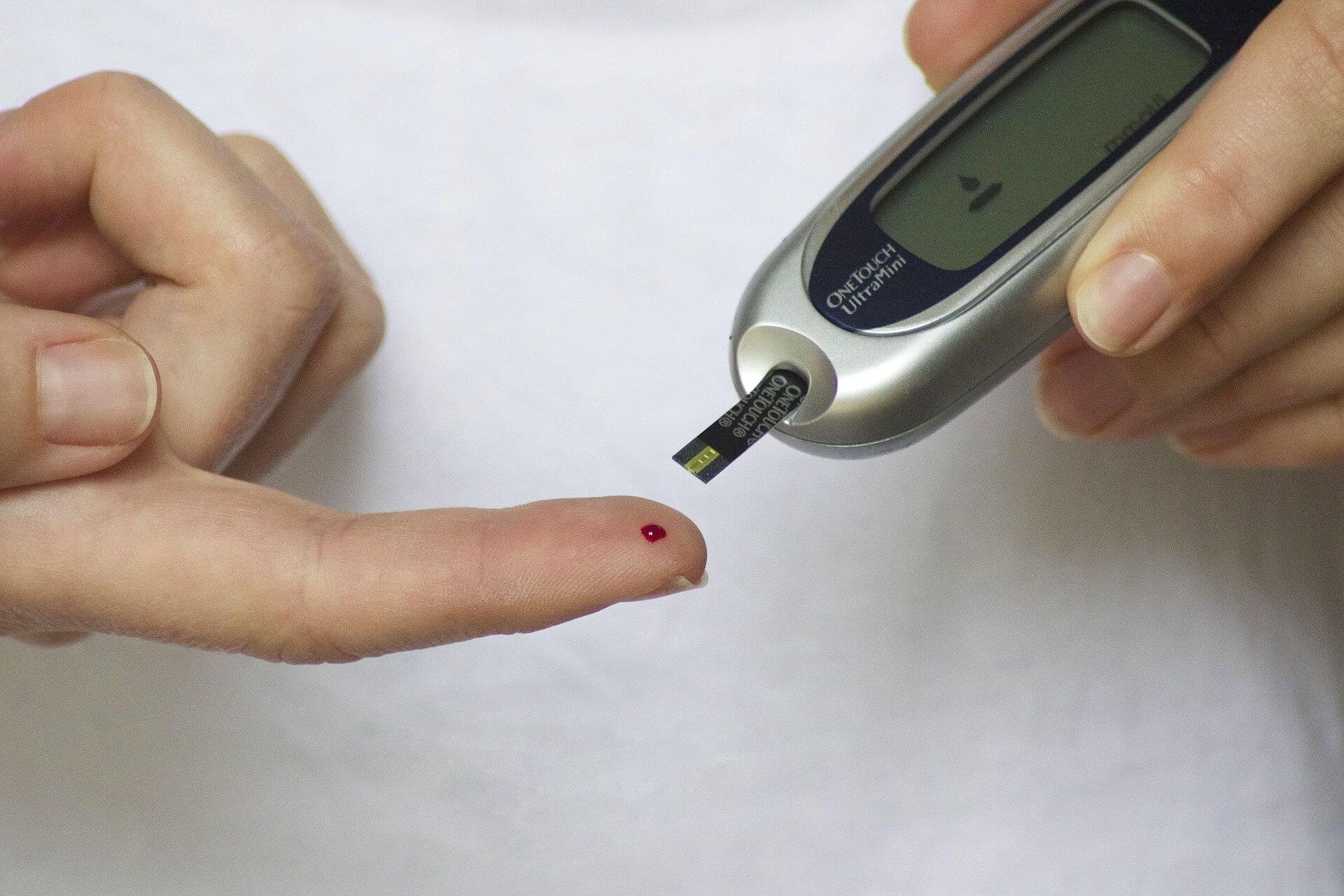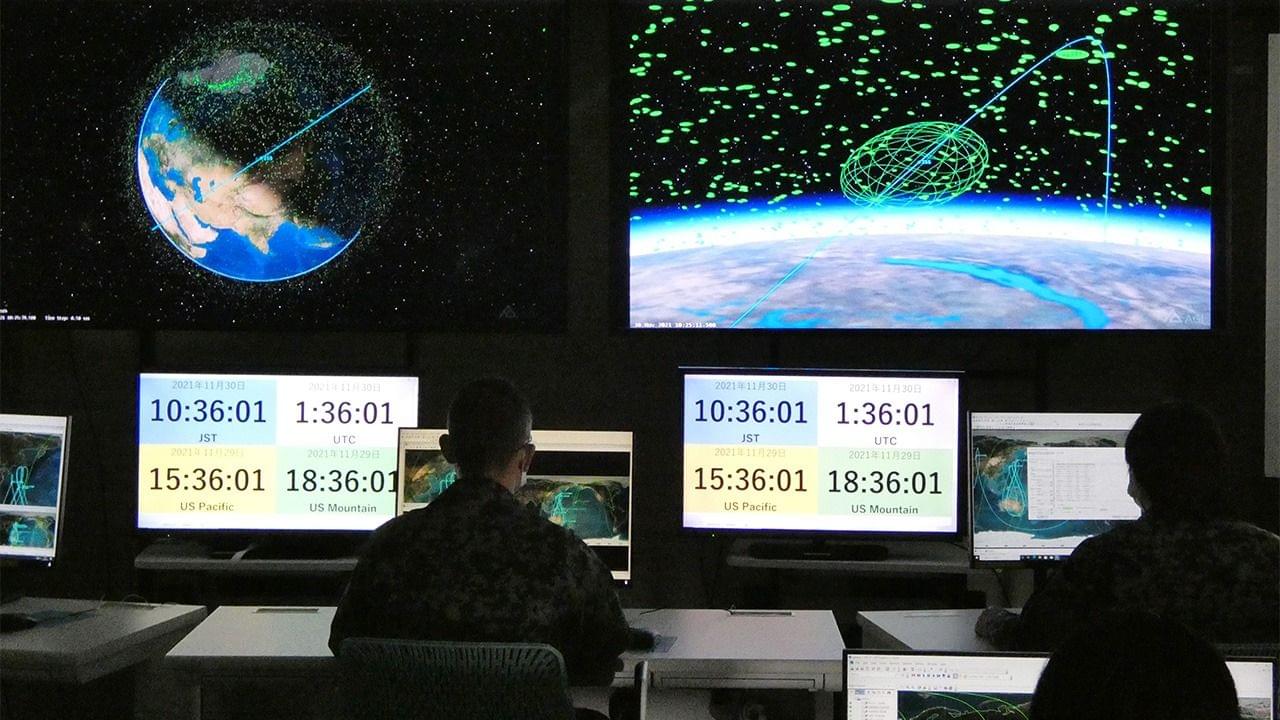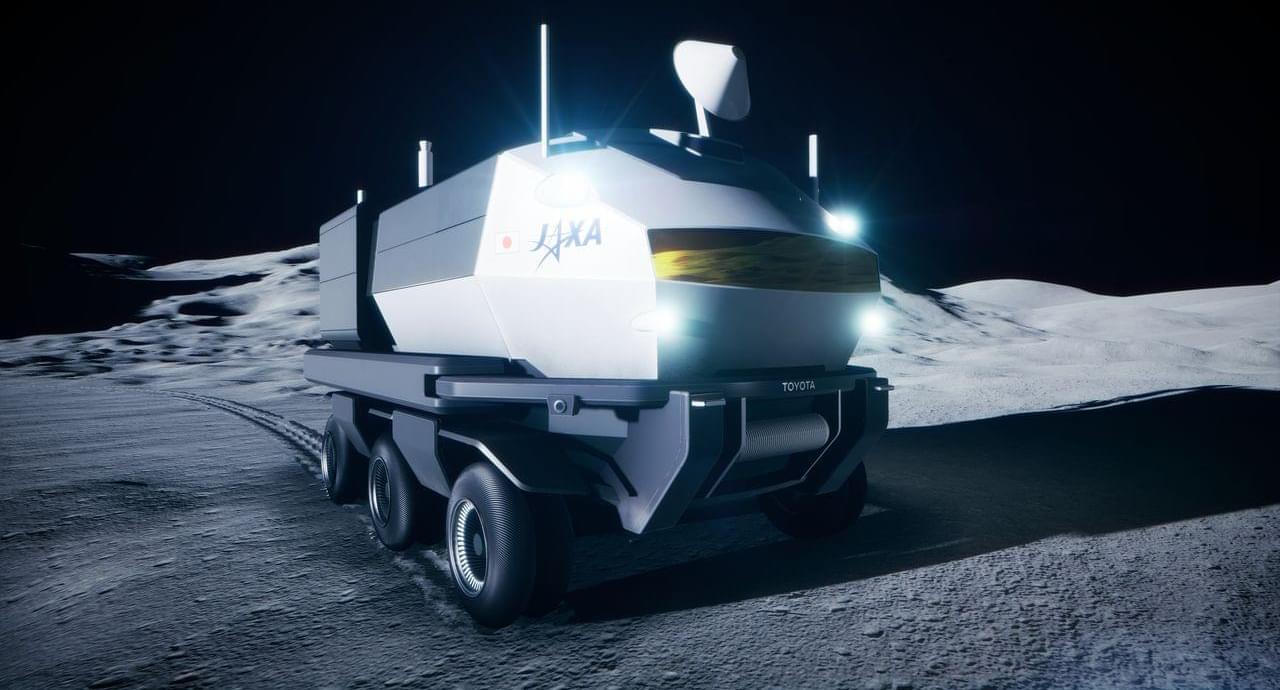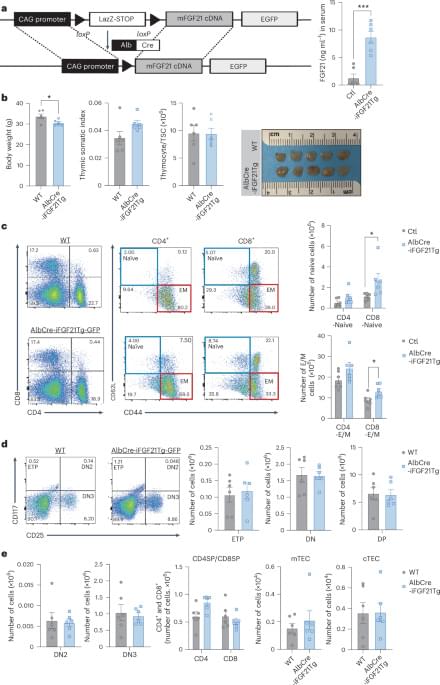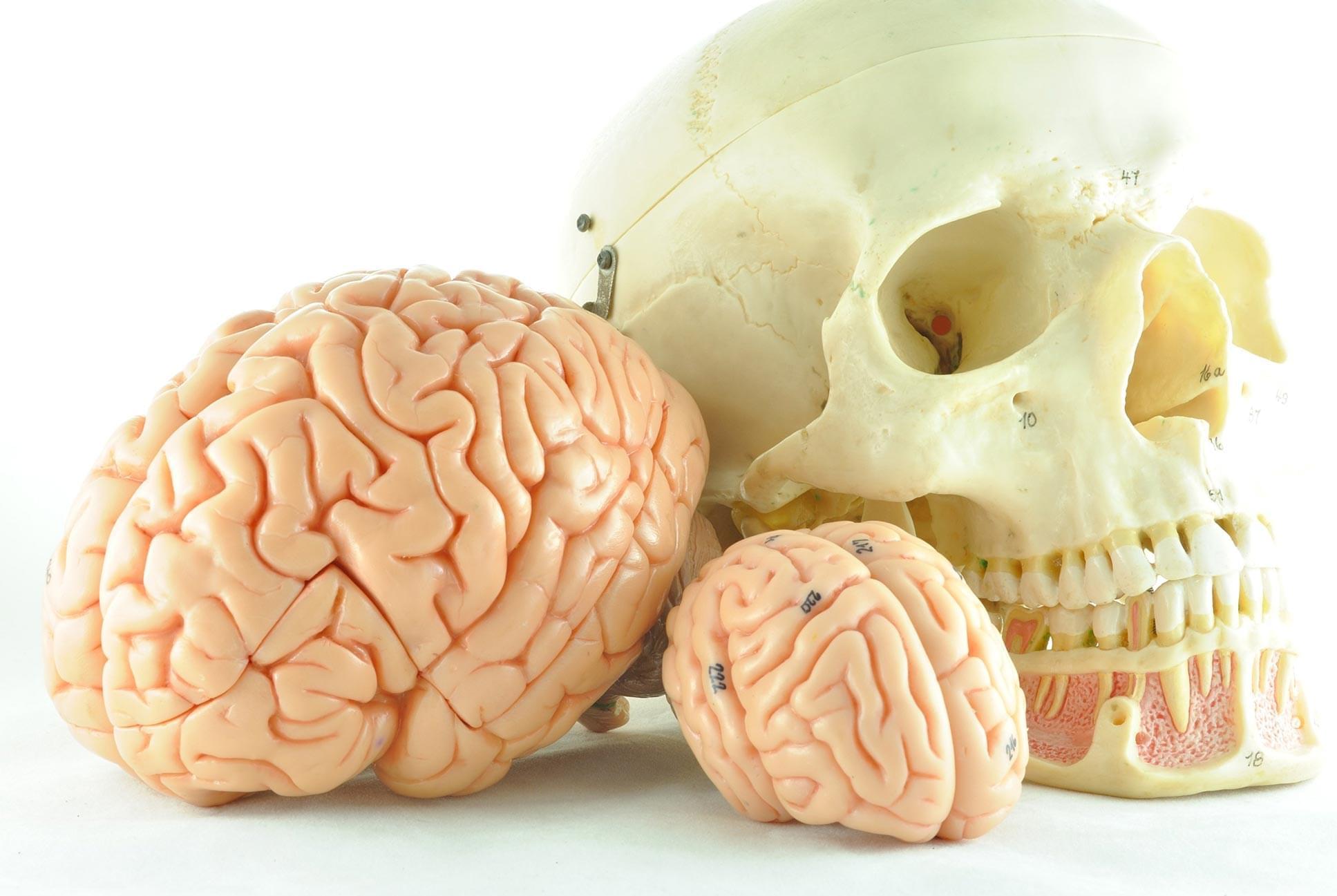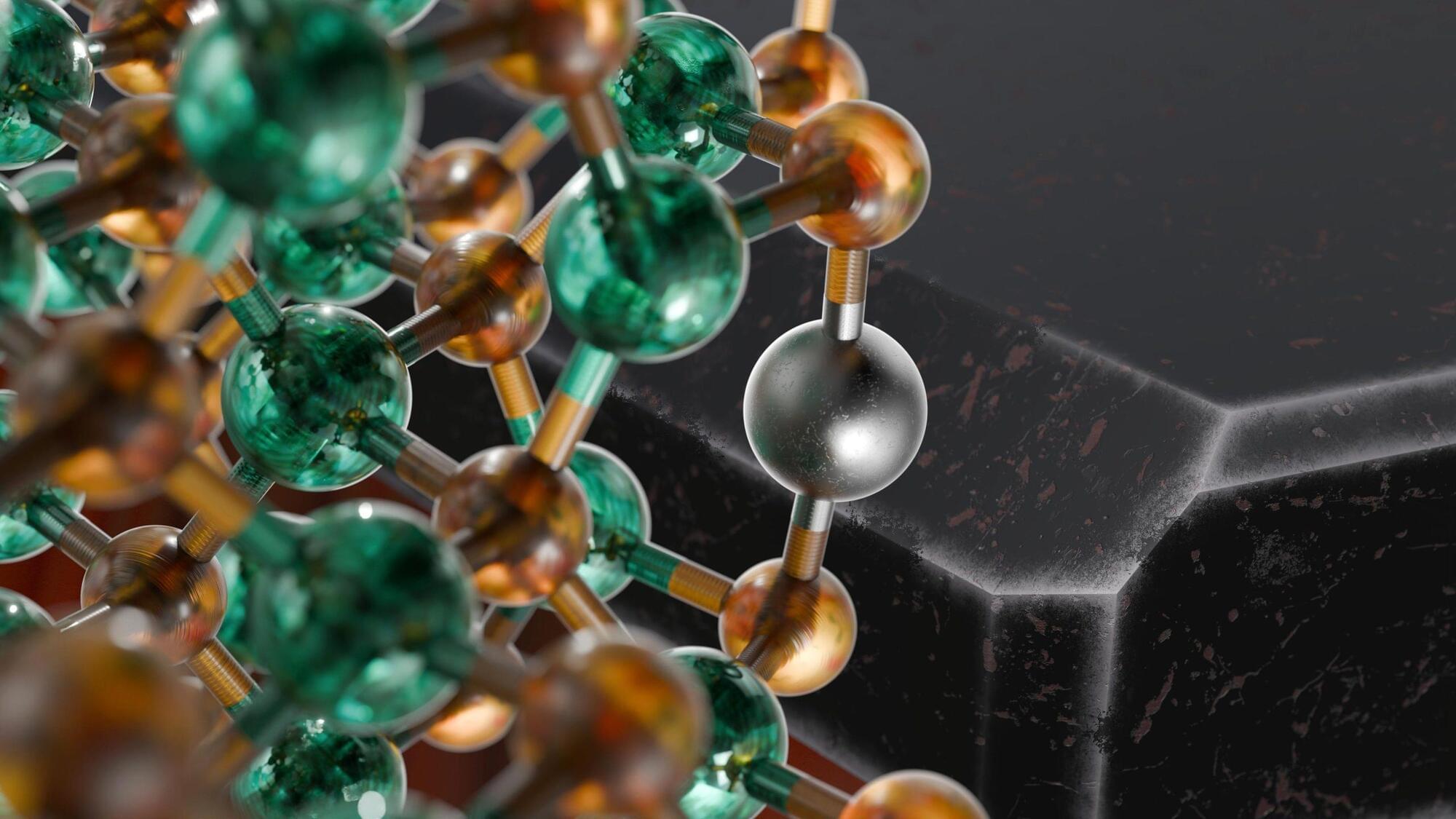Jaeb Center for Health Research conducted a randomized controlled trial evaluating the impact of automated insulin delivery (AID) in adults with insulin-treated type 2 diabetes. AID significantly lowered glycated hemoglobin (HbA1c) levels and improved glucose control compared to standard insulin therapy with continuous glucose monitoring (CGM).
AID therapy resulted in a mean HbA1c reduction of 0.9 percentage points over 13 weeks, while the control group experienced a 0.3 percentage point reduction.
Automated insulin delivery systems have demonstrated benefits for patients with type 1 diabetes, yet their efficacy and safety for individuals with type 2 diabetes remain less established. Prior studies have either lacked randomized controlled designs or involved limited sample sizes, creating a gap in clinical understanding.
